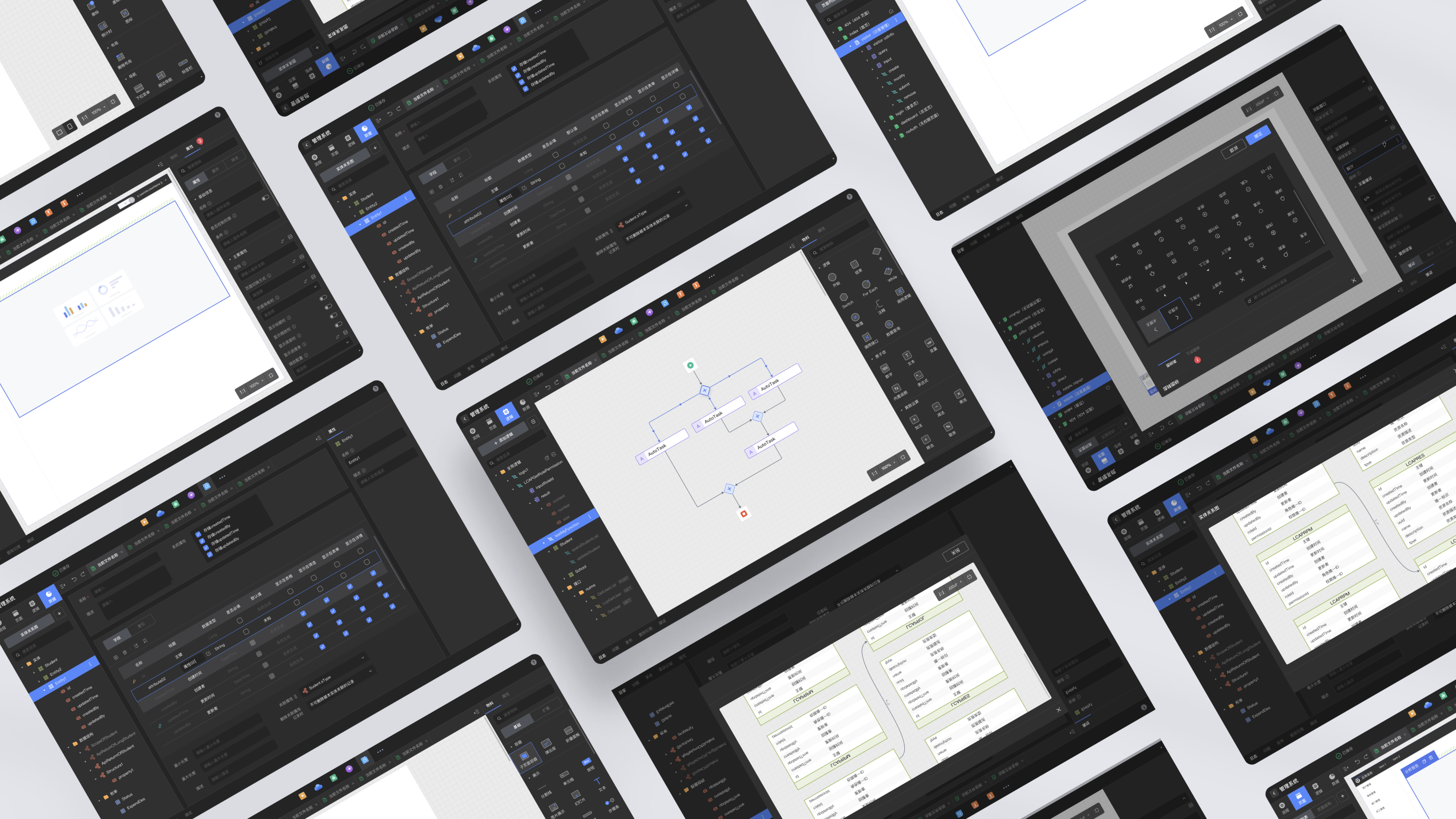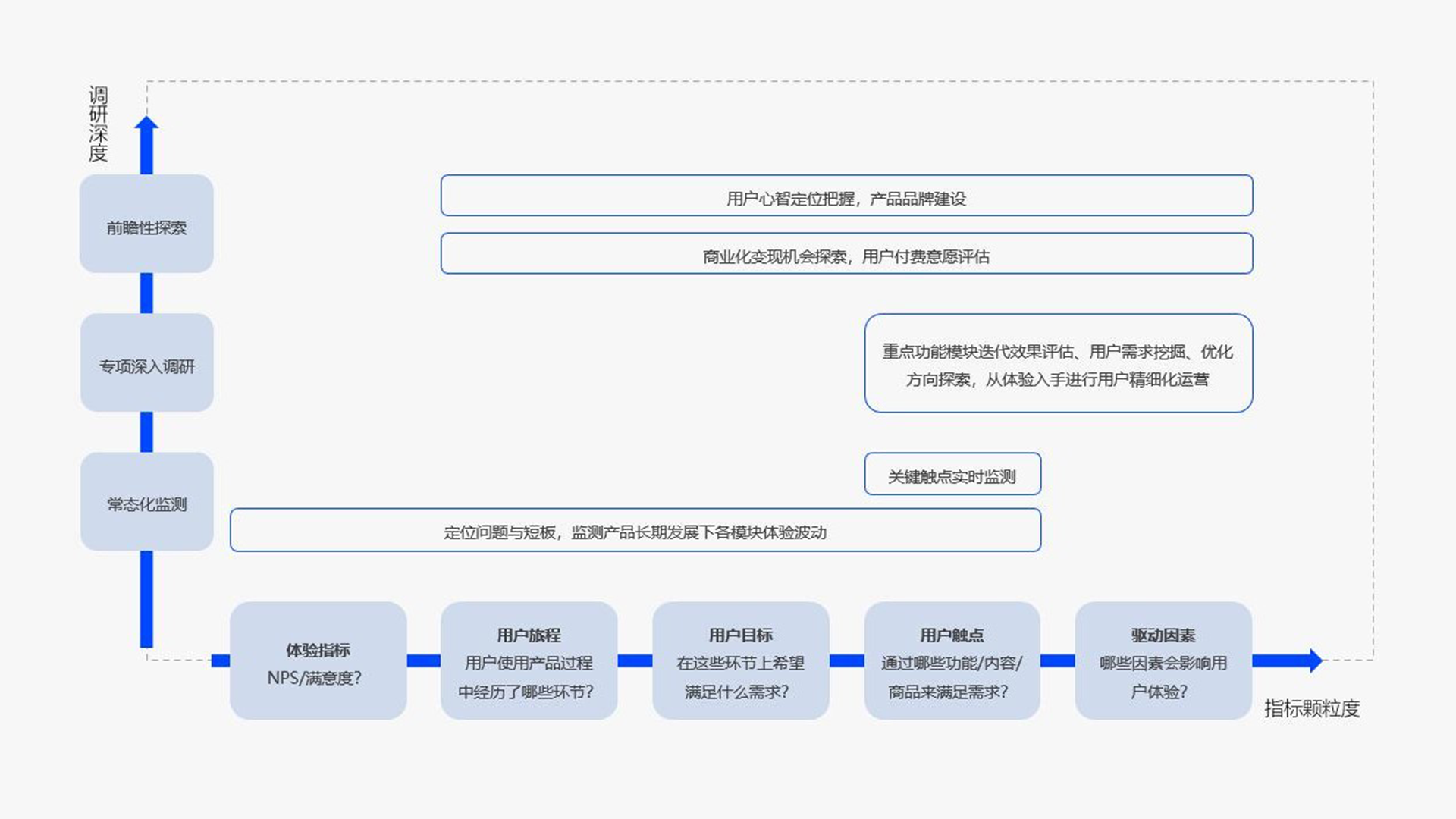-
 Zhao Mingyi
NetEase (Hangzhou) Network Co., LTD
Senior Interaction Designer
Zhao Mingyi
NetEase (Hangzhou) Network Co., LTD
Senior Interaction Designer
I am a senior interaction designer working in the Design Department of NetEase Hangzhou Research Institute. I have 10 years of experience in Internet design. I have been responsible for 0 to 1 or major revision projects of NetEase e-commerce, community and other products, participated in design and upgrade projects of key enterprise service products, and also had several project experiences in the field of personal financial services.
Design philosophy: Compared with the design philosophy that highlighted innovation and extreme experience at the early stage of my career, after years of project precipitation, I now pay more attention to multi-role comprehensive value output and pursue the unity of experience and expectation of all stakeholders on the whole link
Developing Multidimensional Experience Evaluation And Management with Various Roles And Scenes
In various digital-related industries, experience evaluation and experience management have formed a certain consensus, gradually accumulating methodology and practical experience. However, in complex business scenarios, especially in the face of B-end business, experience is not a simple "point-to-point" connection between products and users, but may involve multiple roles (points) such as producers, buyers and users, and multiple objects (points) such as products and products, presenting multiple experience links (lines), which cross constitute multiple scenes (planes) such as sales, deployment, teaching, use and feedback. So that experience manifests itself as a complex polyhedron.
Taking NetEase community products and digital products as examples, this workshop will introduce how to view experience with "polyhedral" thinking, how to conduct three-dimensional experience evaluation and management, as well as practical methods and results in some key links.
It mainly includes the following contents:
1. The significance of three-dimensional experience evaluation management
1.1 Concept and function of experience evaluation management
1.2 Common experience evaluation management methods
1.3 Advanced Requirements caused by complex service scenarios
2. Analysis of three-dimensional experience evaluation management
2.1 Focus and coverage of C-end business experience evaluation management
2.2 Focus and coverage of business experience evaluation management on Side B
2.3 Experience evaluation management of atypical scenarios
3. Create a three-dimensional experience evaluation management method
3.1 Starting from Role: Combing experience indicators of multiple user groups
3.2 From the object: Exploration of experience evaluation criteria for digital products
3.3 Starting from the scene: Build the experience feedback channel of the whole link
3.4 Starting from value: from normal experience monitoring to business growth promotion
3.5 Experience the formation of "polyhedra"
4. Practice case sharing and development
4.1 LOFTER interest community case
4.2 NetEase Sufan has several BI product cases
4.3 There are several BI cases of digital large-screen products
1、Warm-up: Brief introduction of workshop content, introduction of presenter and team
2、Introduction: Project background introduction, explaining why three-dimensional experience evaluation management is needed
3、Methodology sharing: Different ideas and methods of experience evaluation management under multi-roles and multi-scenarios
4、Case sharing: Experience evaluation management practice of NetEase products and related products
5、Practical interaction: design experience index application and experience evaluation management scheme under the theme scenario
6、Free Q&A communication
1、Medium/Senior interaction Designer, visual Designer, user Experience Designer
2、Medium/Advanced User Researcher
3、Product Manager
4、Relevant practitioners interested in user experience evaluation management
1、Systematically understand the overall thinking method of experience evaluation management
2、Understand how to design the experience evaluation management plan according to the business situation
3、Obtain some inspirations and references on the construction of experience evaluation indicators
-
 There are several large screen cases of BI data
There are several large screen cases of BI data
-
 NetEase Sufan low code product case
NetEase Sufan low code product case
-
 Construction of experience evaluation management system
Construction of experience evaluation management system
-
 Normalize the experience monitoring process
Normalize the experience monitoring process








